When your basement floor is flooding and you need a sump pump repair and installation fast, call Advocate Master Plumbing. A sump pump keeps your Venice home dry and saves you 10’s of thousands of dollars in foundation repairs. And if you have one you should always look into back up sump pump systems. You wouldn’t drive a car without an emergency brake. Why would you gamble that your electricity won’t go out or you have a sump pump failure.
Your sump pump system may seem complicated. So may your battery back up sump pump or water powered back up sump pump system. They don’t have to be. Let the experts at Advocate Master Plumbing explain why you need a sump pump, what can go wrong with your sump pump, and even DIY sump pump replacement.
Feel free to jump ahead by clicking a corresponding title.
- How does a sump pump work?
- What’s wrong with my sump pump?
- What kind of sump pump should I get?
- What kind of back up sump pump system should I get?
Why do I need a sump pump?
If you have a basement, you usually need a sump pump. A basement floor is basically a bowl underground. If ground water is allowed to get around it, water will rise around the edges creating water pressure on your foundation. Since most foundations aren’t too water tight, water enters your basement through cracks and seams. That’s when you get squishy carpets, water damage, and ruined belongings.
Sump pumps prevent flooding and protect your home.
How do sump pumps work?
It’s important to know how a sump pump works & troubleshooting a sump pump. A sump pump is primarily made up of 2 components: a sump and a pump. The sump is basically a 20 gallon garbage can set in the ground. This creates a low point for water to settle. Since your home foundation sits on gravel, all ground water around and under your foundation should fall into the sump pit.
Your sump pump sits at the bottom of the sump pit. When water enters the sump pit the float on the sump pump will rise. Once the water raises the float high enough the sump pump will come on and remove most of the ground water from the sump pit. Once the float falls to a specific point it will go off. A sump pump is designed to come on and go off many times a day.
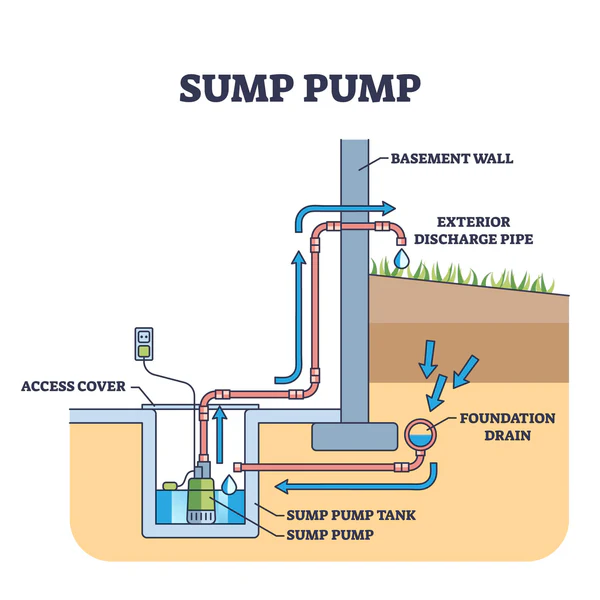
What’s wrong with my sump pump?
This is a very common question with many answers. The most common questions will be addressed. I don’t recommend fixing or replacing your sump pump or back up sump pump yourself. Sump pump and back up sump pump installation and repair begins with design knowledge. It also involves common plumbing practices. Hire a professional for expert advice instead of trying to fix it yourself. You’ll likely just cause more issues with even more costly repairs.
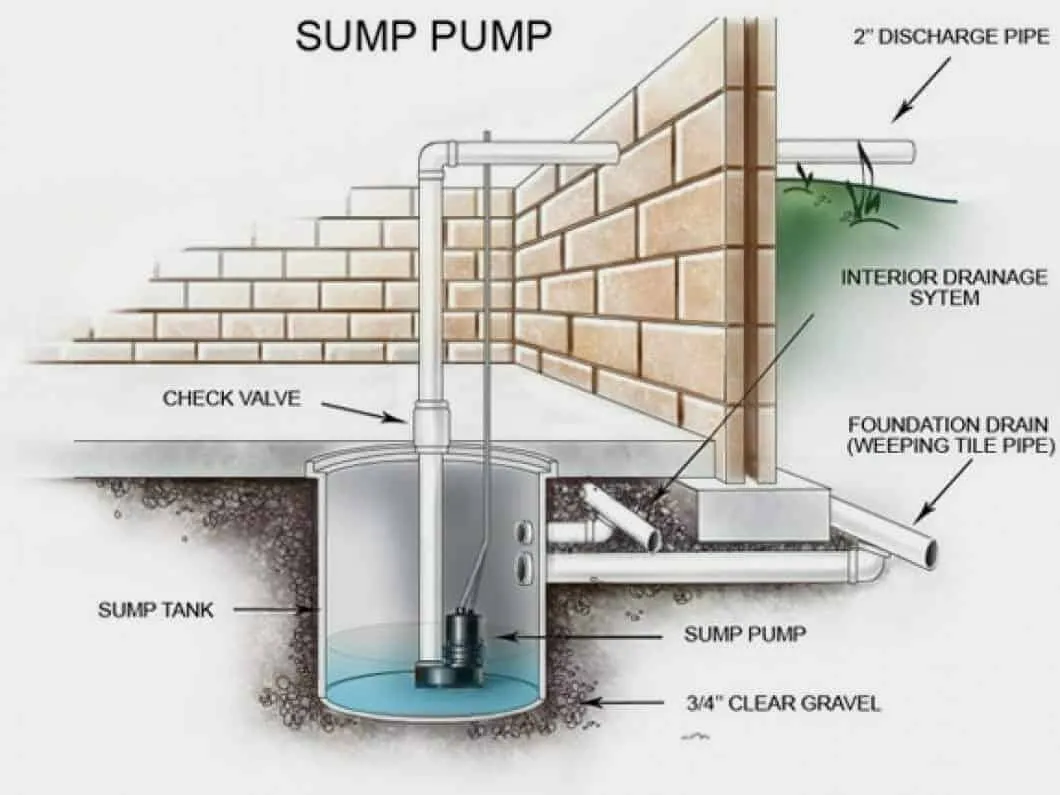
Why is my sump pump just humming?
When a sump pump just hums it could be a jammed pump impeller or seized motor. It could also be a sheared sump pump impeller shaft or frozen discharge pipe. On occasion vapor lock is the problem.
Why does my sump pump turn on intermittently?
When a sump pump won’t come on every time it’s suppose to it’s usually a failing switch. The sump pump switch takes the most punishment of any other part. It’s normally the first part to fail. But it could also be a float being held down by the sump pump cord or side of the sump pump pit.
Why is my sump pump so loud?
A loud sump pump is either worn motor bearings or an improperly installed sump pump discharge pipe. On a rare occasion this can be caused by electrical problems in the home.
Why won’t my sump pump keep up with the water flow?
If your sump pump can’t keep up with the water coming in it’s probably old or undersized for your home. But sometimes a sump pump discharge pipe can come apart in the sump pit.
Why is my sump pump hot?
A hot sump pump indicates an electrical issue or pump motor failure. A jammed sump pump impeller can also overheat the pump.
Why does my sump pump smell?
A smelly sump pump can mean a broken underground drain. The water will fall into the sump pit with all the other water. But it can be a damaged sump pump leaking oil, as well. But sometimes it’s just old rotten water.
Why is my battery back up sump pump beeping?
Backup batteries beeping on your sump pump can mean a few things. The following are the most common:
- The battery back up sump pump came on
- The battery fluid level is low
- Battery back up sump pump system battery replacement is needed.
- The battery isn’t being recharged.
To stop the beeping you usually have a button to push and hold down for a prescribed amount of time. The instructions should be on the solid state sensor. You can also find them in our “How to service your battery back up sump pump system” section.
Why does my sump pump come on so much?
A sump pump will be come on many times after it rains. It takes time to get all the water out of your foundation. But there could be an issue with the sump pump discharge pipe allowing water to fall back toward the foundation outside your home. This will create cycling that can overwork a sump pump. A broken underground drain pipe or water service can cause this. A leaking sump pump check valve on the discharge could cause this, as well.
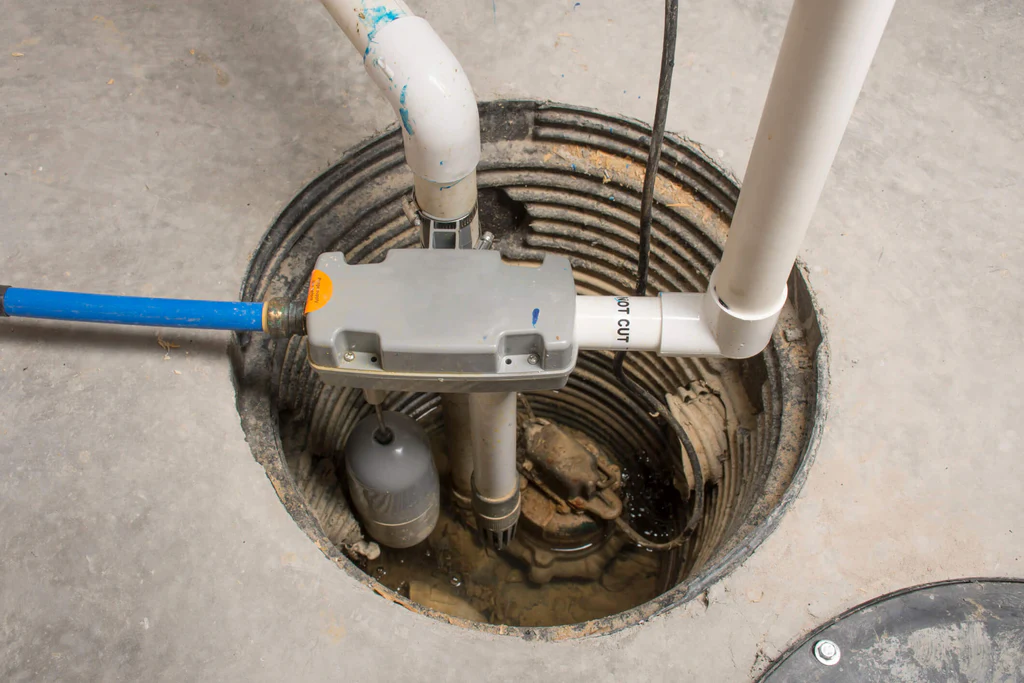
What kind of sump pump should I get?
A professional plumber should be the one to answer this question. The factors involved in making this decision are:
- The size of your home
- How well your yard is graded
- Whether or not your basement is finished
- The water table elevation surrounding your home
- The likelihood of flood damage to your home mechanical systems
At Advocate Master Plumbing we only install the most mechanically sound sump pumps. A quality sump pump is difficult to find. Zoeller sump pumps tend to have the best switch in the business. And a failed sump pump switch is the most common sump pump repair. Let us perform your next sump pump replacement. We design your system based upon your needs; not our business goals. We give you a 1 year sump pump warranty. The sump pump manufacturer extends that to 3 years.
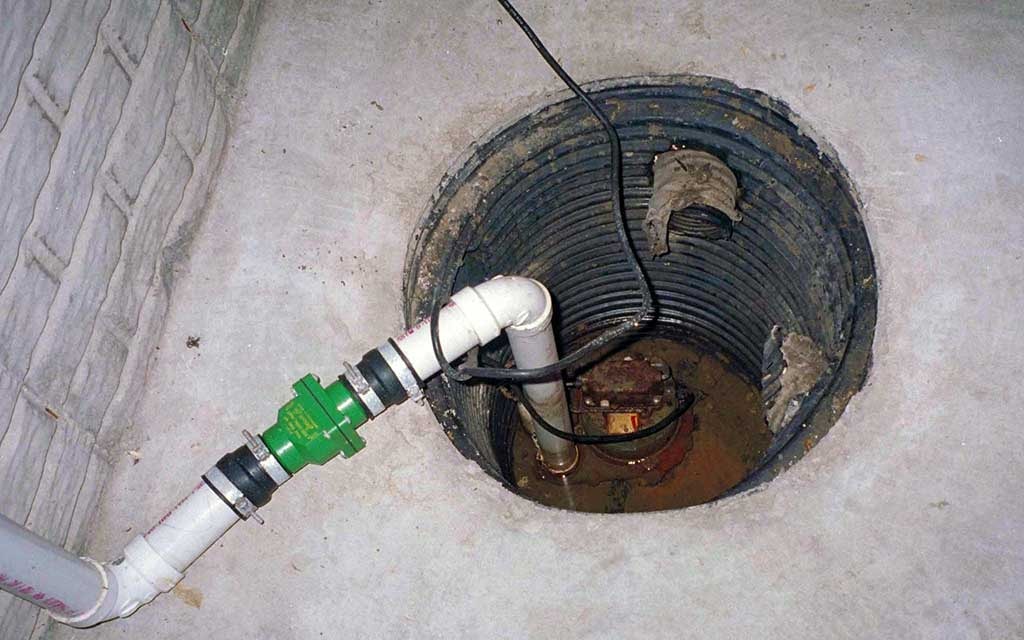
What kind of back up sump pump system should I get?
Back up sump pump systems come in many shapes, sizes, and designs. At Advocate Master Plumbing, we prefer a system that’s the most reliable with the least amount of maintenance. It must also be a good value to our customers.
Water powered back up sump pump systems
The water powered back up sump pump system is relatively new to our industry.
But it’s proven its reliability over the past decade. It needs no maintenance. And it’s a very good value. It also costs less than the traditional battery back up systems. For this reason we prefer them for our customers. They’re a very good value.
Battery back up sump pump systems
Sometimes a traditional battery back up sump pump system is all that will work. If there’s no water line near your sump pump, then this is your best option. If there’s just too much water flow for the water powered back up sump pump systems to handle you’ll need to stick with the traditional route, as well.
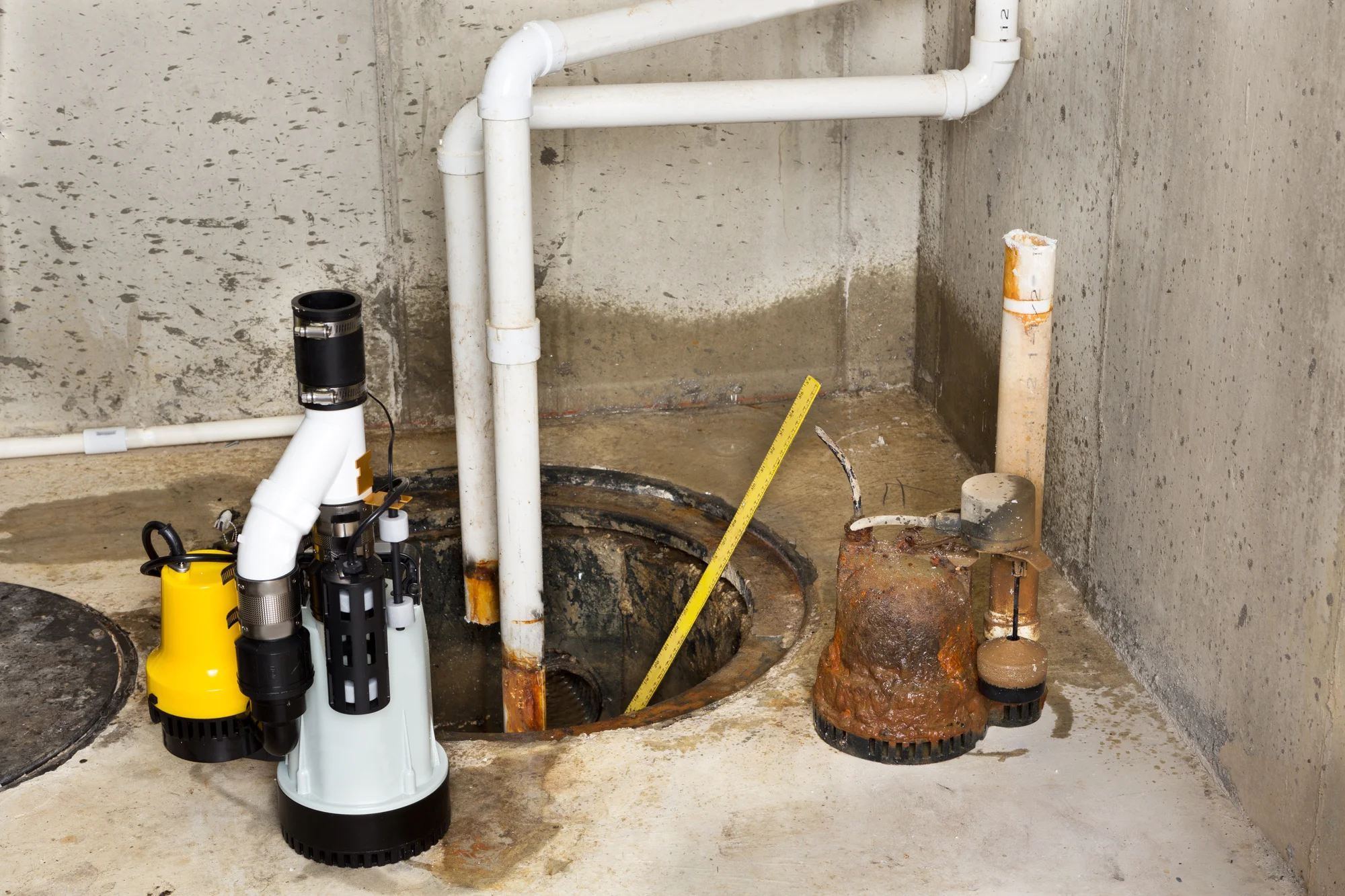
Professional sump pump and back up sump pump repair and installation
Don’t try to figure this one out for yourselves, and don’t call the big corporate companies with journeyman plumbers. Hire your local Venice plumber at Advocate Master Plumbing.
You’ll get Jerry Miller, Master Plumber, every time.
You’re good at your job. Let us be good at ours.
Hiring us will cost you less in the end, and you’ll get a one-year warranty to boot. If you need more proof, just check out our reviews on Google, Yelp, and Facebook. We live and breathe sump pumps.

